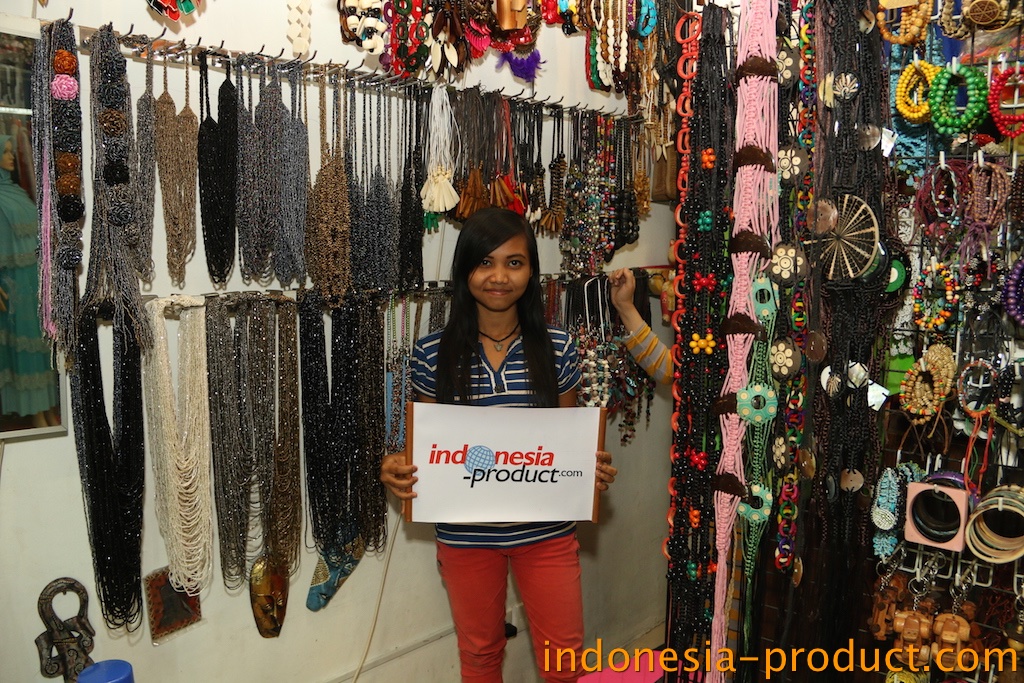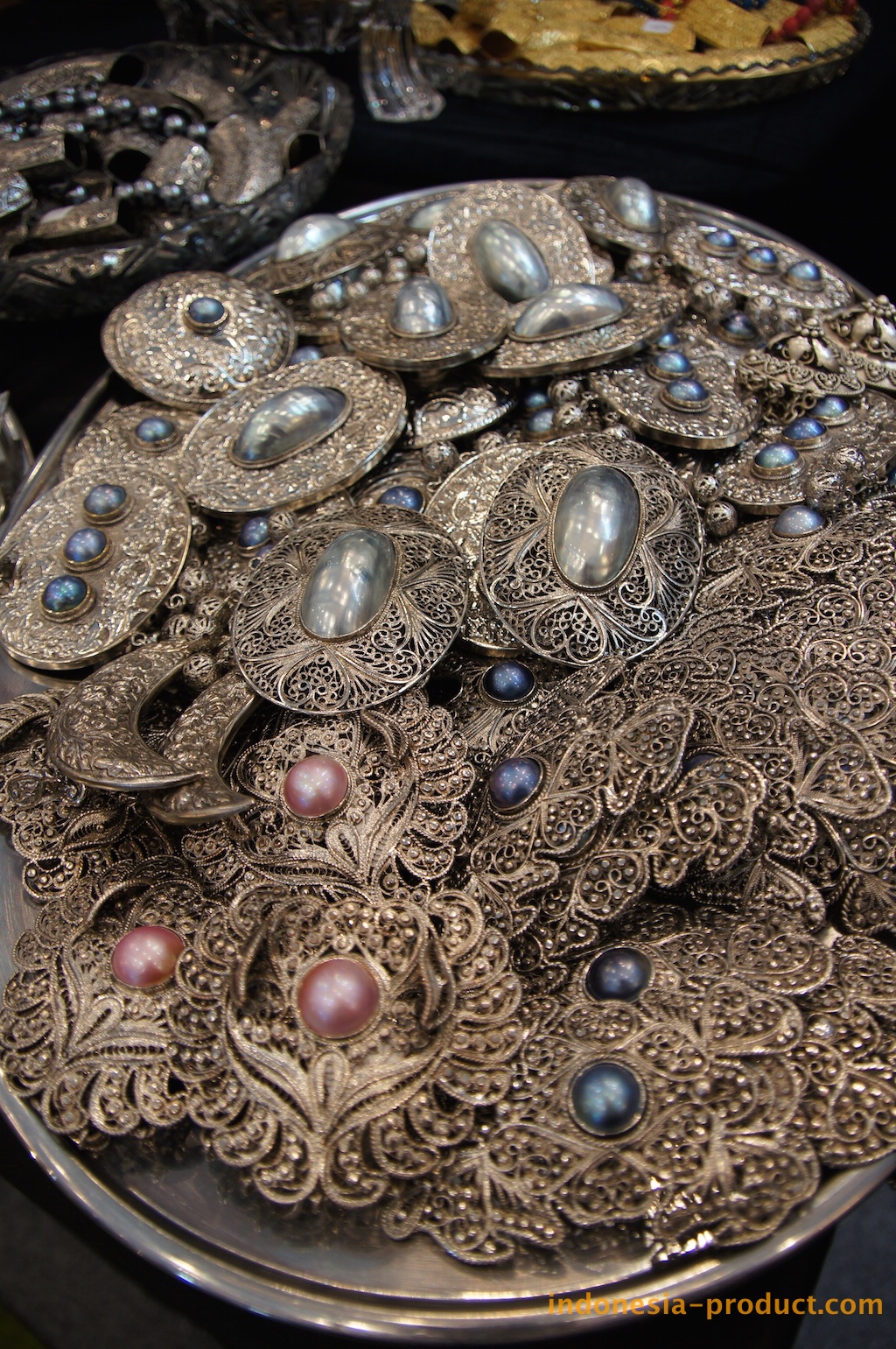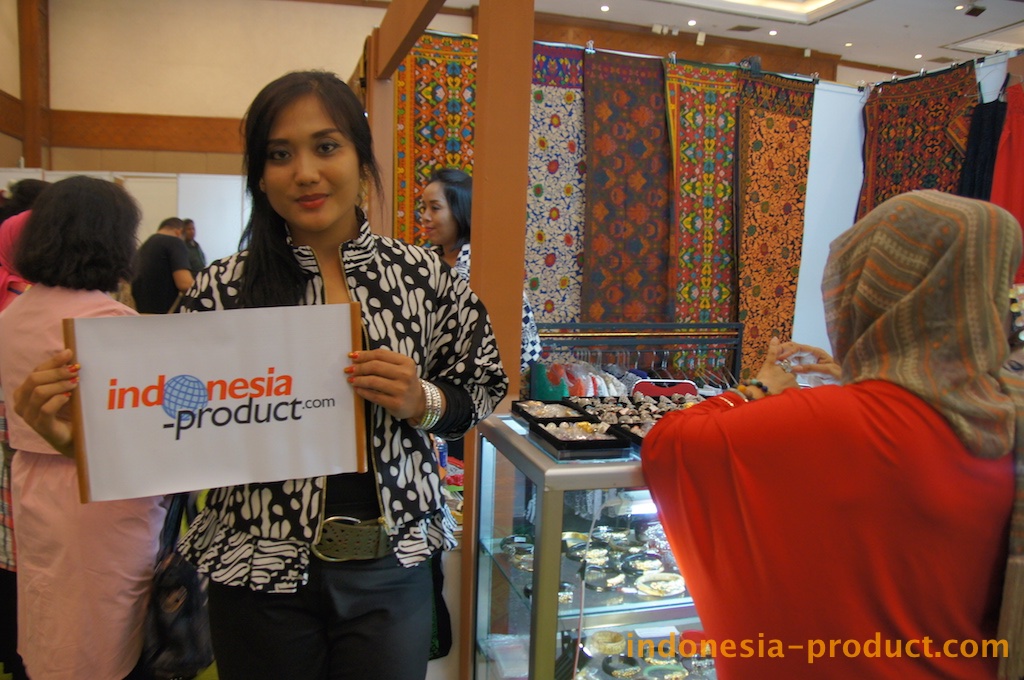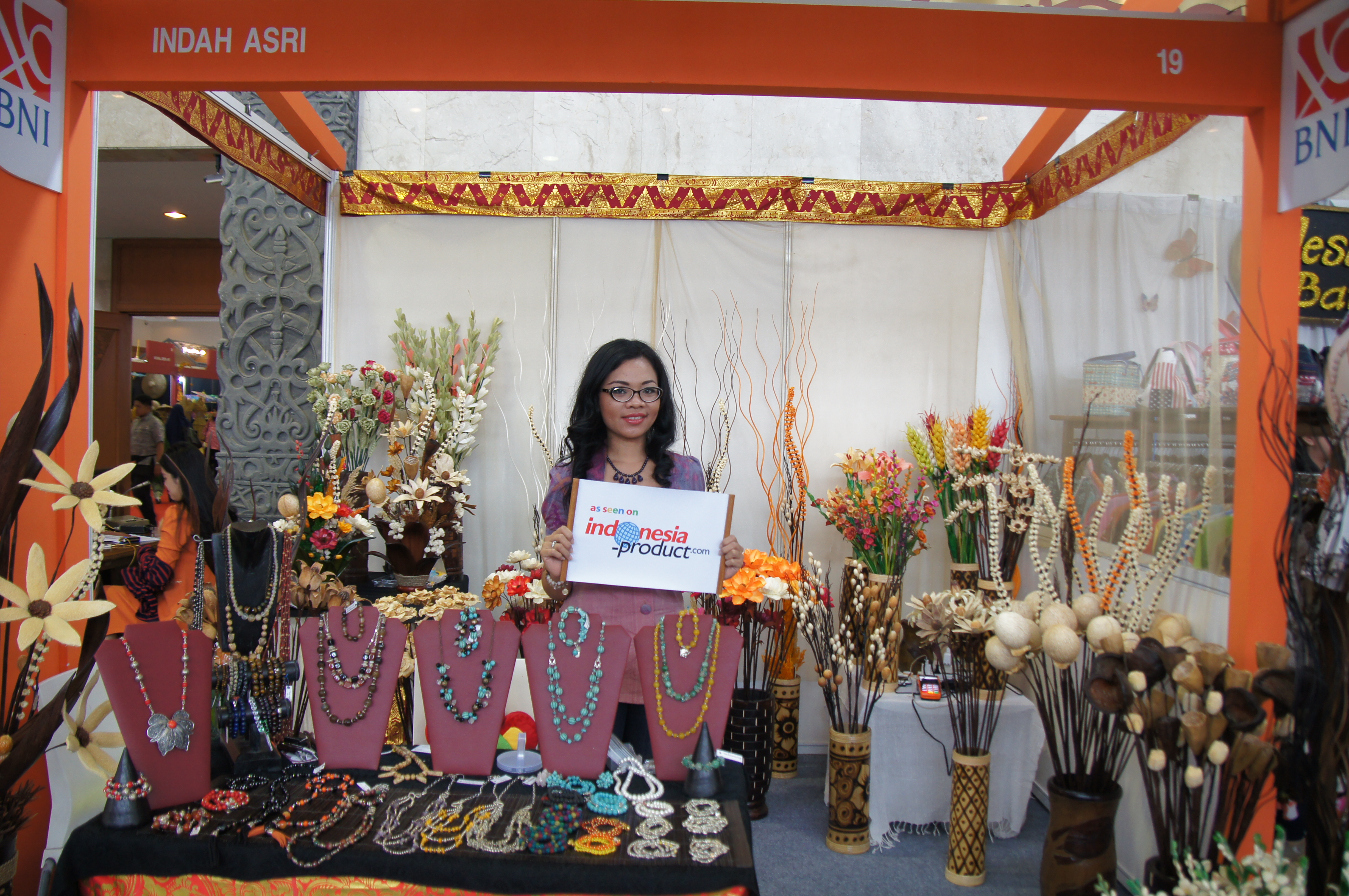By Chung Ah-young
Staff Reporter
With the 2008 Beijing Olympic Games nearing, all eyes are fixed on the world’s fourth largest country. People are buzzing with expectation and worry at the same time.
Here in Seoul, a jewelry exhibition is showing another aspect of China, one not seen outside of China on such a grand scale before.
The World Jewelry Museum is displaying 110 pieces of jewelry, including necklaces, rings and headdresses made by Chinese ethnic minorities under the title “From China” until Oct. 31. The museum is showing the collection to coincide with the Olympic Games.
“This kind of Chinese jewelry collection is very rare because traditional Chinese jewelry craftsmanship has not been handed down to the next generation,” Lee Kang-won, director of the museum, said in an interview with The Korea Times.
Lee, who has devoted the last 30 years to collecting rare and antique ornaments from all over the world, said that a spotlight on Chinese minority groups’ jewelry is ironic considering China’s recent crackdown on unrest in Tibet.
“But I think it is high time to put the spotlight on the jewelry of ethnic minorities to look into their life and culture, as many people around the world are keen on China,” she added.
She said that it was 20 years ago when she first encountered the beauty of Chinese jewelry.
“I was shocked by the modernity and sophistication of the Chinese ornaments. It was a kind of awe to see such refined beauty created with humble and primitive tools and materials,” said Lee.
She said that most of the jewelry is silver. Their silver jewelry is a source of inspiration for designers throughout the world, and one which seems to affect modern fashion designs.
“Silver was a symbol of property for them. Their jewelry was not only used to express their status and wealth but also protect themselves from evil spirits and diseases,” she said.
When a child is born, they are given an earring or necklace to wear. When a girl gets married, her mother gives her roughly 10 kilograms of silver jewelry.
China has a total of 56 different population groups, including the Han Chinese, serving as a cradle for diverse cultures.
The 55 minority groups constitute only 8 percent of the 1.3 billion inhabitants in China. However, their jewelry is a testament to the dynamic and vibrant strength of modern and contemporary Chinese jewelry.
These minority groups tend to be found in regions that are poor and close to nature. Particularly, minority groups such as Dong, Miao and Yi developed their unique ethnic ornament techniques and patterns.
“They didn’t have a written language or letters, so most of the patterns they created served as a kind of the alphabet to express themselves and record historic events. Their jewelry reflects their freewheeling spirits,” said Lee.
But unfortunately, the Cultural Revolution brought grave devastation to the lives of minority groups. The traditions and culture of the minority people have now become an endangered cultural heritage, she said.
The exhibition includes silver neck rings from Miao featuring a dragon pattern, which the Miao believe is a kindly god who gives blessings to humans.
A crown made of aluminum from Miao was used during weddings and festivals. Enormous crowns, with or without horns, are characteristic of Miao design. Silver has great significance to the Miao and jewels are a symbol of wealth, beauty and tradition.
The museum features approximately 5,000 pieces, from antique to modern. Established by Lee whose husband was a diplomat, the museum is the first to be devoted entirely to jewelry, especially one that houses such ethnically diverse pieces.
Admission is 3,000 for students and 5,000 won for adults. The museum is located at Anguk Station Exit 1 of subway line No. 3. For more information, call (02) 730-1610 or visit www.wjmuseum.com.
chungay@koreatimes.co.kr
Source: http://www.koreatimes.co.kr/





